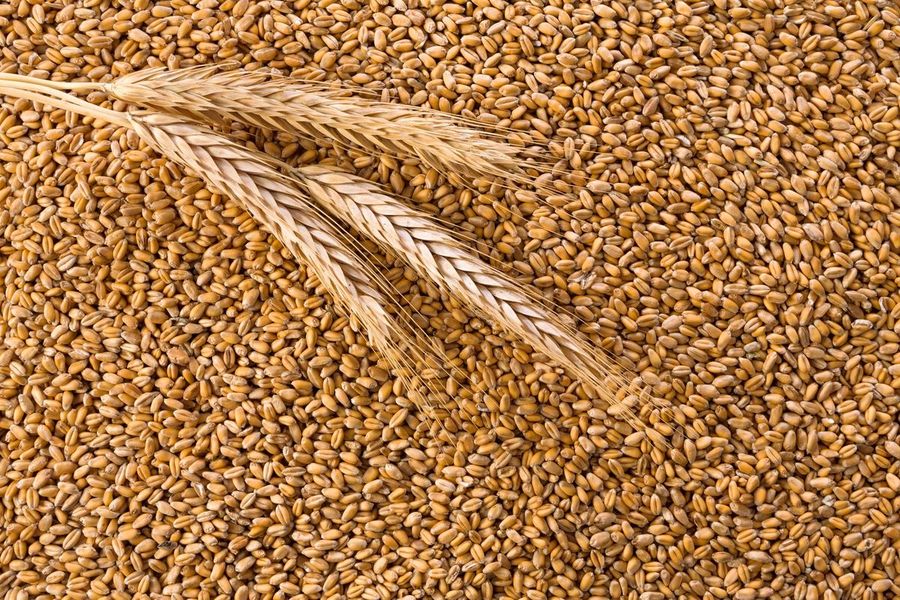China opens wheat door to Argentina

There is a new competitor in Canada’s top wheat market, but an analyst isn’t too concerned about the threat.
Argentina and China agreed on a phytosanitary protocol in October 2023, paving the way for Argentine wheat to be imported by the Asian giant.
That was followed by a January 2024 announcement that China added several Argentine companies to its list of approved exporters.
“Sales are now possible, but none have yet been announced,” the U.S. Department of Agriculture stated in its recent Grain: World Markets and Trade report.
Argentina typically ships its wheat to other Latin American countries, but in bumper years it goes further afield, selling to markets in Asia and Africa.
The USDA is forecasting 10 million tonnes of exports in 2023-24, a big rebound from last year’s drought-reduced program of 4.68 million tonnes.
“Diversification to new markets, such as China, will be important for Argentina as Brazil seeks to increase self-sufficiency,” stated the USDA.
“Additionally, a weaker crop this year for Australia following several years of bumper crops provides opportunities for Argentina to gain a foothold in new markets.”
China is Canada’s top customer, purchasing 1.26 million tonnes of bulk wheat from Canada through the first five months of the 2023-24 crop year, according to Canadian Grain Commission statistics.
MarketsFarm analyst Bruce Burnett doesn’t think Argentina will take a bite out of that volume.
“Most of their varieties are European or based on European genetics, so they are soft wheats and basically lower protein,” he said.
Their wheat is in the mid- to low-quality range compared to Canada’s high-quality, high protein hard wheat. They are not in direct competition with one another.
He thinks Argentina’s wheat may displace some soft red winter wheat from the European Union and Black Sea region and maybe some low-protein wheat from Australia, although that is a white wheat versus Argentina’s red wheat.
Burnett wonders if Argentina will be much of a threat in China at all this year due to problems routing grain through the Panama Canal. However, Russia also faces similar logistical problems with the Suez Canal.
China is expected to be an active buyer this year, importing 12 million tonnes of the crop.
“Domestic production was impacted this marketing year by overly wet conditions in the summer just before harvest, resulting in both lower production and a higher proportion of feed quality wheat,” said the USDA.
China has sourced most of its wheat this year from Australia, Canada, and to a lesser extent, the United States. However, it is working hard to diversify its list of suppliers by adding countries such as Argentina.
The USDA is forecasting that Argentina will produce 15.5 million tonnes of wheat this year, a 24 percent increase over last year.
“Rainfall during planting and the critical growing period was below average but above last year’s drought levels,” the USDA stated in a separate report.
“Rainfall at the end of the season helped to boost yields in southern Buenos Aires, which benefitted the later-developing crop.”
The majority of the country’s exports occur between December and March.
Read also
Wheat in Southern Brazil Impacted by Dry Weather and Frosts
Oilseed Industry. Leaders and Strategies in the Times of a Great Change
Black Sea & Danube Region: Oilseed and Vegoil Markets Within Ongoing Transfor...
Serbia. The drought will cause extremely high losses for farmers this year
2023/24 Safrinha Corn in Brazil 91% Harvested
Write to us
Our manager will contact you soon



